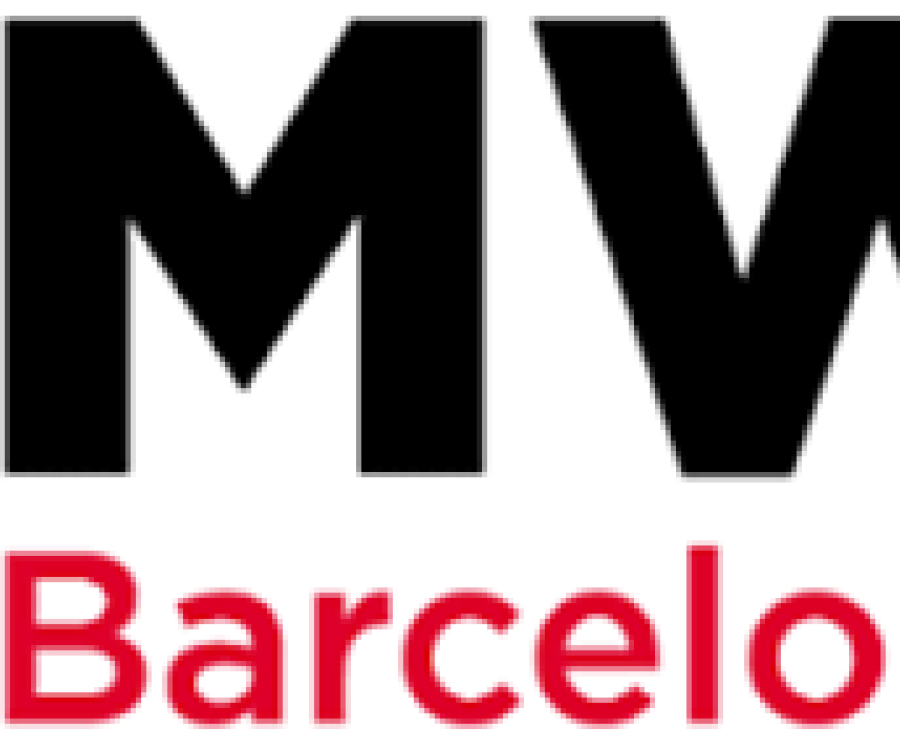In the third part of our series, we introduce more ways to make a mobile website more user-friendly. Aside from affecting load time, these options can do so much more.
The technologies are described in detail in the "Modern Mobile Web Technologies" guidelines of the German Federal Association of the Digital Economy (BVDQ). We summarize the main ideas for you.
Progressive Web App (PWA)
Progressive Web Apps essentially look like a native mobile app: the home screen starter, the design, the splash screen, the system’s color scheme and the custom favicons make it seem that way. What’s more, they also satisfy every wish on the part of the user and the operator. They function much like a native mobile app, but users don’t have to bother with downloading them from the Play Store. PWAs can be linked and added on the cell phone’s home screen, so they won’t be forgotten and stay there when the phone is being used.
Thanks to the installed service worker in the background (a JavaScript proxy), developers control the website’s user experience (e-commerce features).
What makes this so special: the performance remains excellent even on a slow network or if the user wants offline access - fast interaction and quick load times, as well as smooth scrolling and animations included.
Some of the world’s largest companies like BMW use PWAs. Jörg Poggenpohl, Head of Digital Marketing at BMW explains: "With the new BMW.com relaunch, BMW emphasizes context-based communication in its digital customer approach. Easy-to-consume "snackable" formats such as listicles or infographics maximize the appeal to readers. Mirroring our vehicles, the user experience centers on the optimized performance of the mobile website. That's why we chose an AMP-based Progressive Web App (PWA) for the technical implementation. "
What makes PWAs so exciting for marketers is that they enable them to reach out to users with push notifications that offer a variety of applications. This includes options such as making users aware of special discounts or new available products in the online store. Users must first enable this feature to be able to receive notifications.
Some browsers support service workers, which run and do all the work in the background. These operations are separate from the actual website. Only the dynamic elements on the web server have to be retrieved, which in turn cuts data usage.
Fast, faster, Accelerated Mobile Page (AMP)
An Accelerated Mobile Page is an additional version of the actual online store, reduced to the content only. There are two AMP cache providers: Google and Cloudflare.
"However, the AMP integrated platform that links to individual content, such as Bing, Pinterest or Google, and not the advertiser or publisher decides for or against the cache option." (BVDW)
The benefits of trusting Google? Your own great performance is virtually guaranteed thanks to the automated optimization of images and data by Google. AMP is responsive, the images and contents are automatically adjusted to the right size for each device - without loss of content. Distribution platforms like Google, feedly, Pinterest, Twitter, and LinkedIn support this format.
AMP sites are already popular among publishers, yet more and more e-commerce providers and ad tech platforms are also taking advantage of this technology. German companies, such as FlixBus, Comdirekt and BMW count among the many users.
The positive effects of using AMP are enormous:
- Fast load times in Google Search
- Improved SEM performance
- Increased sales
- Longer dwell time
- More traffic, mobile revenue, and a better CPM (cost per thousand impressions) for ads
- Higher conversion rate
"AMP implementations in e-commerce, for instance by AliExpress, yielded impressive results and a four percent increase in conversions with AMP sites. The French retailer Greenweez also reports AMP sites that are five times as fast and an 80 percent increase in conversion rate. " (BVWD)
Having said that, you must carefully consider your content when it comes to an AMP solution. It must be content that is short and concise, as well as easy and effective to understand. A simpler structure is always better and can be achieved with tools such as infographics, images, headlines, quotes, and GIFs.
Find out how you can benefit from mobile payment and artificial intelligence, and how you can optimize these features to create a better and more engaging customer experience in the last installment of our series.













